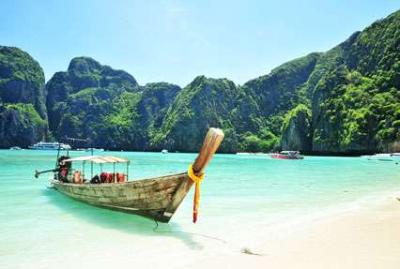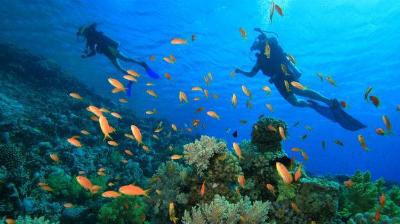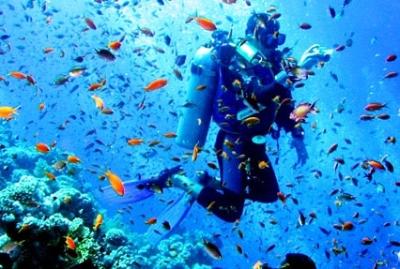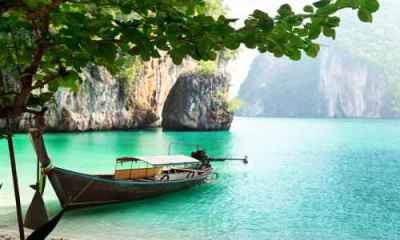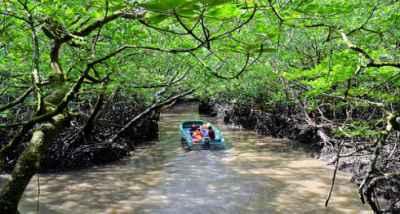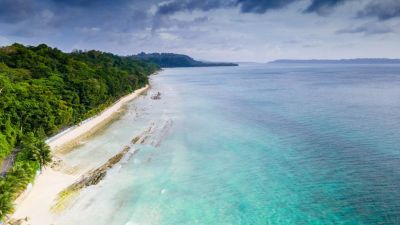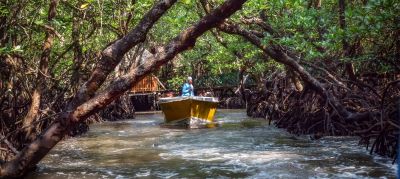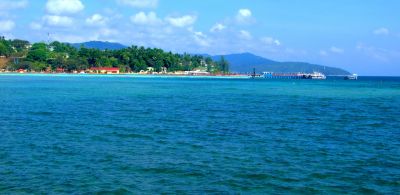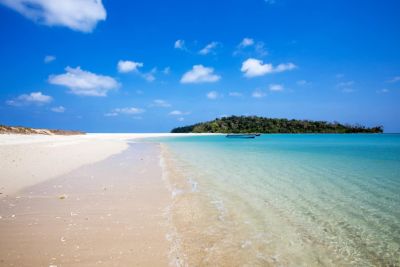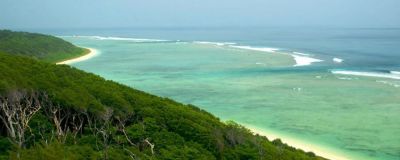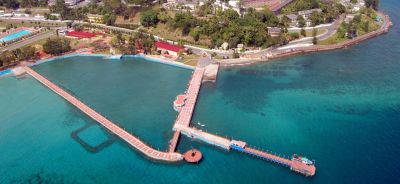Low-Impact Tourism: Andaman's Approach to Protecting Paradise
Low-Impact Tourism: Andaman's Approach to Protecting Paradise
The Andaman Islands, located in the Bay of Bengal, are a true paradise on Earth. With their pristine white sandy beaches, crystal-clear turquoise waters, and vibrant marine life, they attract travelers from around the world. However, this surge in tourism comes at a cost - the delicate ecological balance of these islands is under threat. To address this issue, the Andaman Islands have adopted a unique approach to sustainable tourism known as "low-impact tourism."
Understanding Low-Impact Tourism
Low-impact tourism, also known as sustainable tourism or ecotourism, focuses on minimizing the negative impact of tourism on the environment and local communities. It aims to ensure that tourism activities are sustainable in the long run, both for the destination and the people who call it home. Low-impact tourism seeks to strike a balance between the economic benefits of tourism and the conservation of natural resources.
In the context of the Andaman Islands, low-impact tourism practices are crucial to protect the unique biodiversity and fragile ecosystems. The islands are home to a rich array of plant and animal species, including many endemic species found nowhere else on Earth. Protecting these habitats and minimizing the carbon footprint of tourism activities is of utmost importance.
Preserving the Environment
One of the key principles of low-impact tourism in the Andaman Islands is preserving the environment. This is achieved through various measures:
- Strict regulations on waste management and recycling to minimize pollution.
- Use of sustainable materials and practices in construction to reduce the environmental impact.
- Conservation initiatives to protect endangered species and their habitats.
- Limiting the number of tourists in sensitive areas to avoid overexploitation.
These measures help maintain the natural beauty of the islands and ensure that future generations can enjoy them as well.
Supporting Local Communities
Another aspect of low-impact tourism in the Andaman Islands is supporting local communities. This is achieved through:
- Promoting local businesses, such as homestays and community-based tourism initiatives.
- Providing opportunities for local residents to participate in tourism-related activities and benefit from the industry.
- Preserving indigenous cultures and traditions through cultural exchange programs and initiatives.
- Encouraging tourists to engage with the local community and learn about their way of life.
By involving the local community in tourism activities, low-impact tourism ensures that the economic benefits of tourism are shared among the people who call the Andaman Islands their home.
Education and Awareness
Education and awareness play a crucial role in promoting low-impact tourism in the Andaman Islands. By informing tourists about the fragility of the ecosystem and the importance of responsible tourism, visitors can make informed choices and actively contribute to conservation efforts. Eco-tours and interpretive programs are also organized to educate tourists about the unique flora, fauna, and cultural heritage of the islands.
The Future of Low-Impact Tourism in the Andaman Islands
The efforts made by the Andaman Islands to promote low-impact tourism have gained recognition worldwide. Travelers are increasingly seeking destinations that prioritize sustainability and responsible tourism. By continuing to prioritize environmental conservation, support local communities, and educate visitors, the Andaman Islands can set an example for other tourist destinations facing similar challenges.
Conclusion
Low-impact tourism is essential to protect and preserve the natural beauty of the Andaman Islands. By adopting sustainable practices and involving the local community, the islands are ensuring that tourism can continue to thrive without compromising the environment. It is up to travelers to embrace responsible tourism practices and help preserve this paradise for generations to come. Remember, every step you take can make a difference.
If you found this blog post informative and inspiring, please consider sharing it with your friends and family. Together, we can spread the importance of low-impact tourism and protect the Andaman Islands.
Disclaimer : The information provided in this blog is for general informational purposes only. While we strive to keep the content accurate and updated, TravelSetu assumes no liability for errors or omissions. If you believe any part of this blog infringes your rights or causes concern, please notify us immediately at info[at]travelsetu[dot]com so that appropriate action can be taken.
